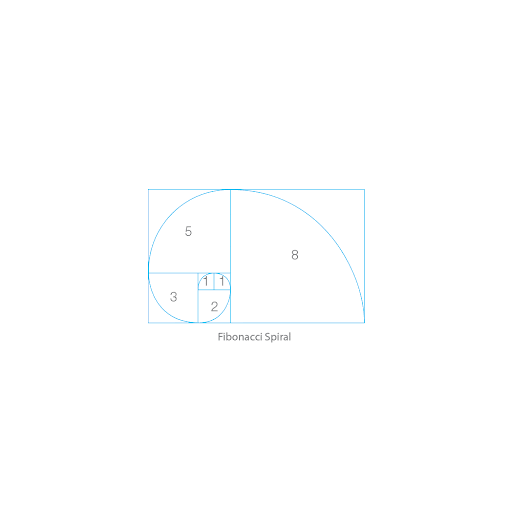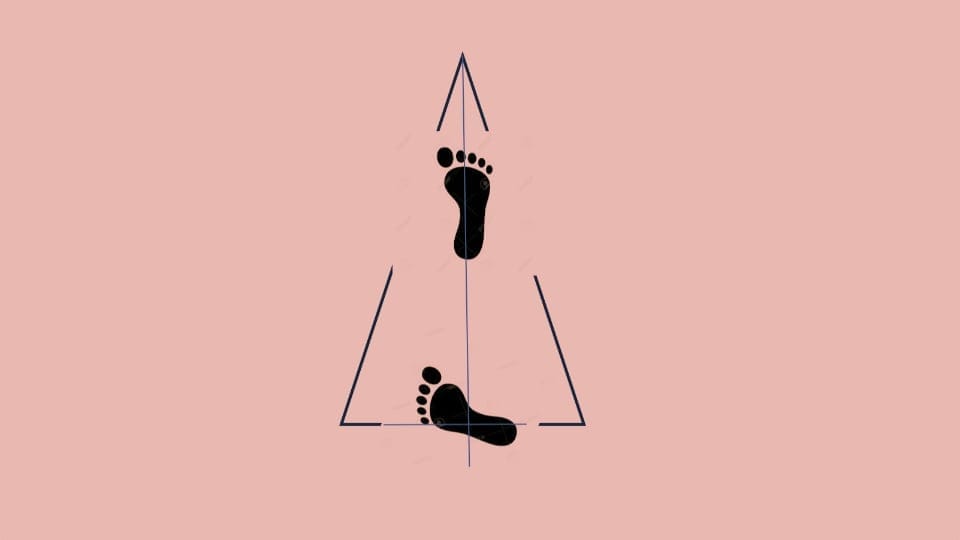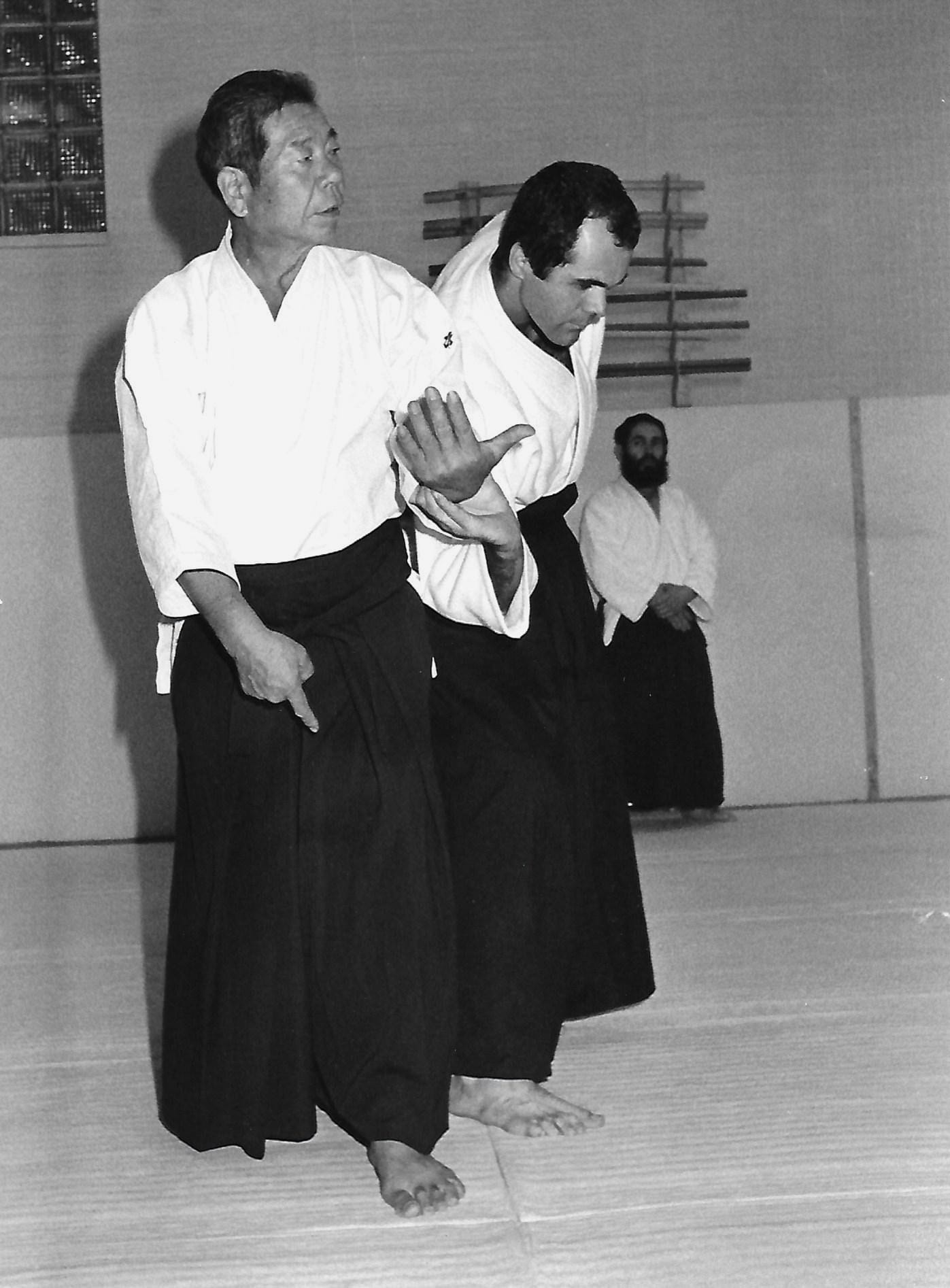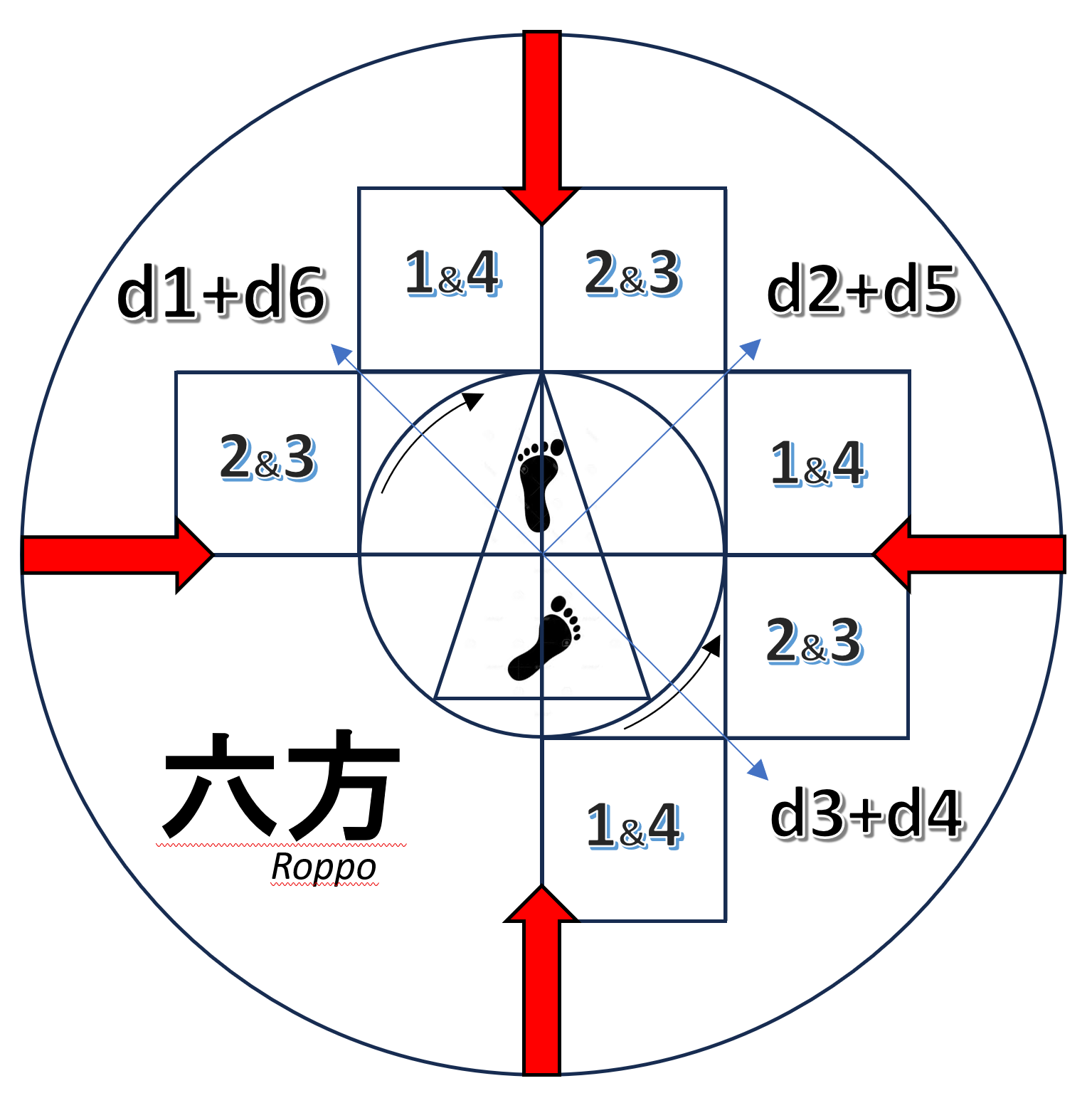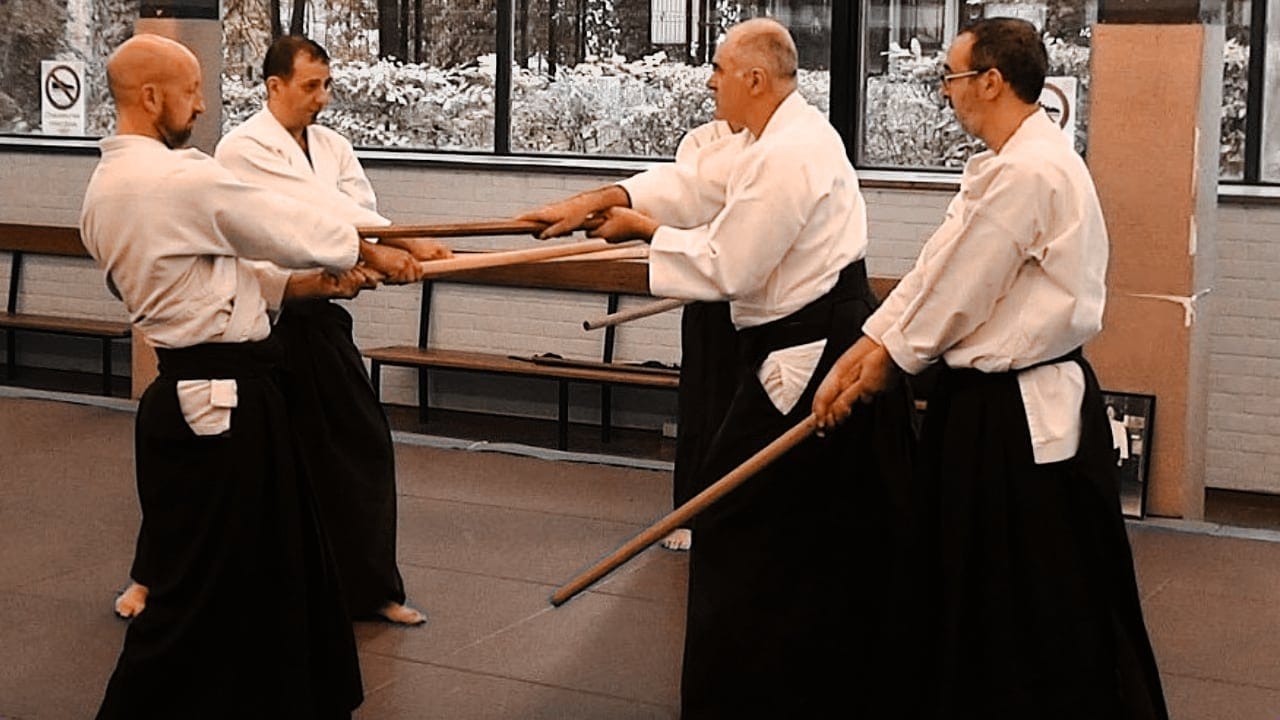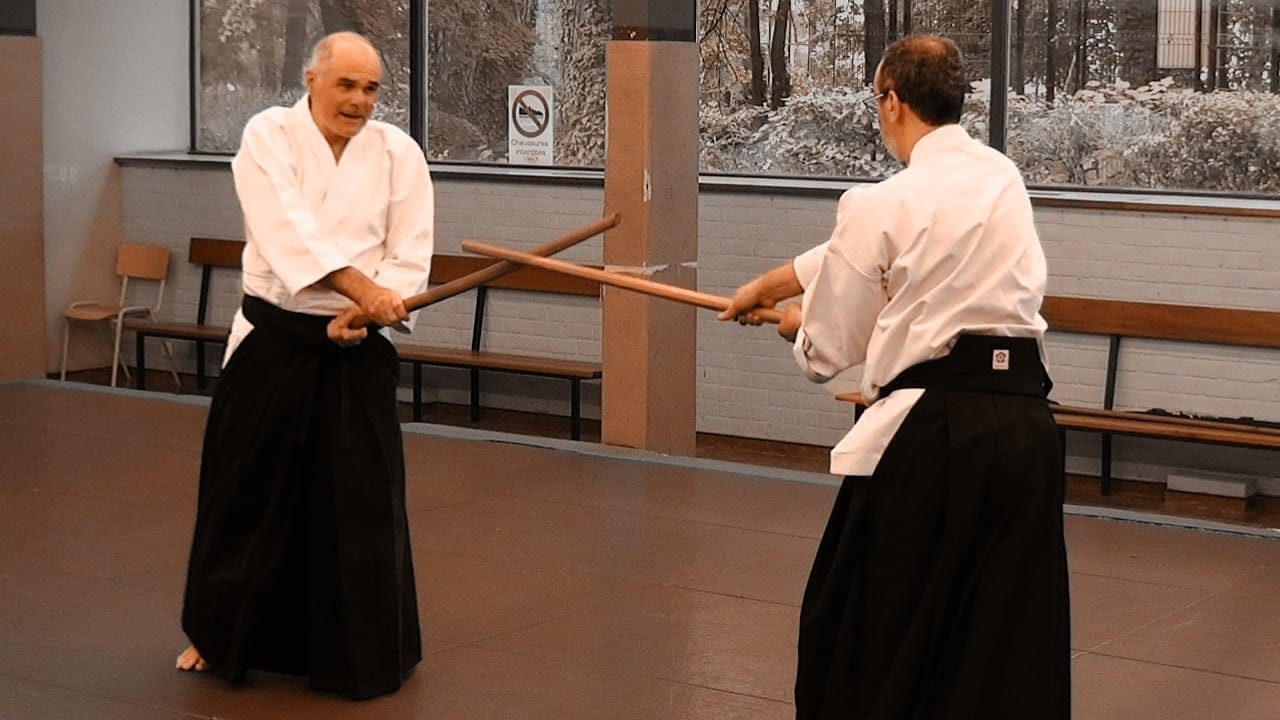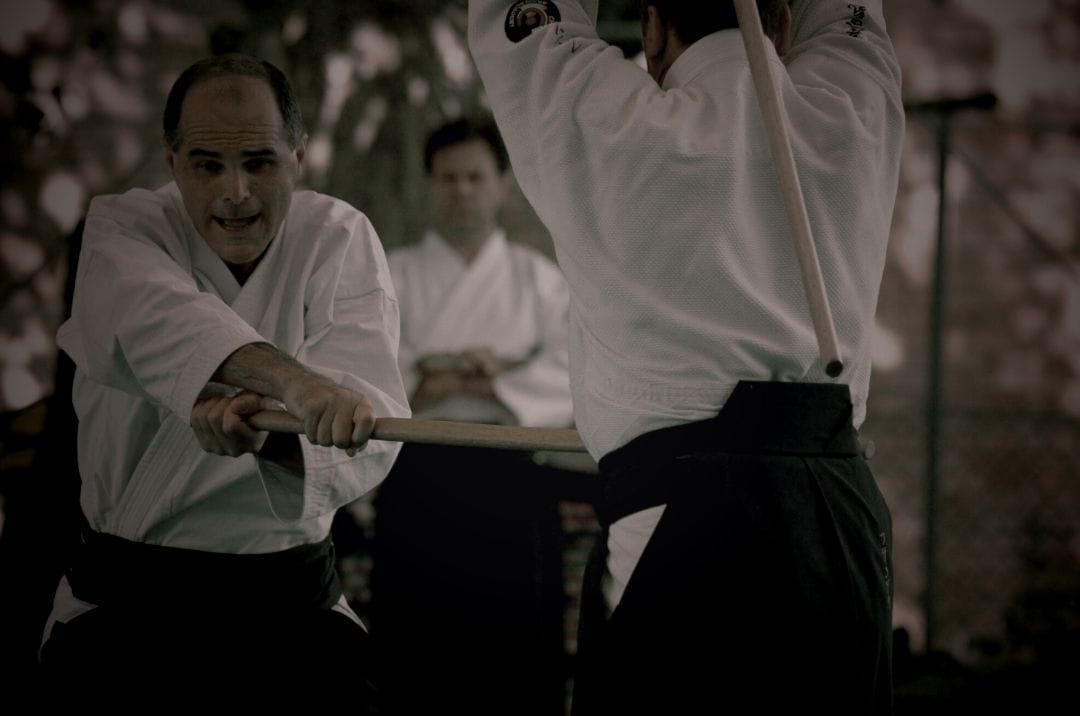Hello Floris
Thank you for your question sent to the TAI website, in connection with the article Support or position? I'm sharing my answer here with all Internet users because the points I'm going to clarify may eventually be useful in a general way.
Your message :
Hello Philippe,This drawing is a bit sharp and hot... At least 36°C :-) Thank you for your many regular articles, which I follow regularly, even though I'm a beginner.Just a clarification on how to apply this golden triangle to the hanmi position.If ABC is a golden triangle with vertex B at 36° and two isosceles sides AB and CB, and we accept that the straight line CB is the tori/uke working axis, my right foot would be placed forward at B, along the axis and directed in its direction towards uke. In this case, and to make sense of this reference to the golden triangle, I imagine that the left foot is positioned at A.But what would be its ideal direction in aikido, for a correct hanmi position?Perpendicular to the half-line that intersects A from position X on CB (at a distance from B equal to AC)?Or was that just an illustration?
Kind regards,Floris
It wasn't just an illustration, but it's necessary to have a dynamic rather than a static vision here. And since a diagram is sometimes more meaningful than a long speech, here are the three stages of an Aikido movement:
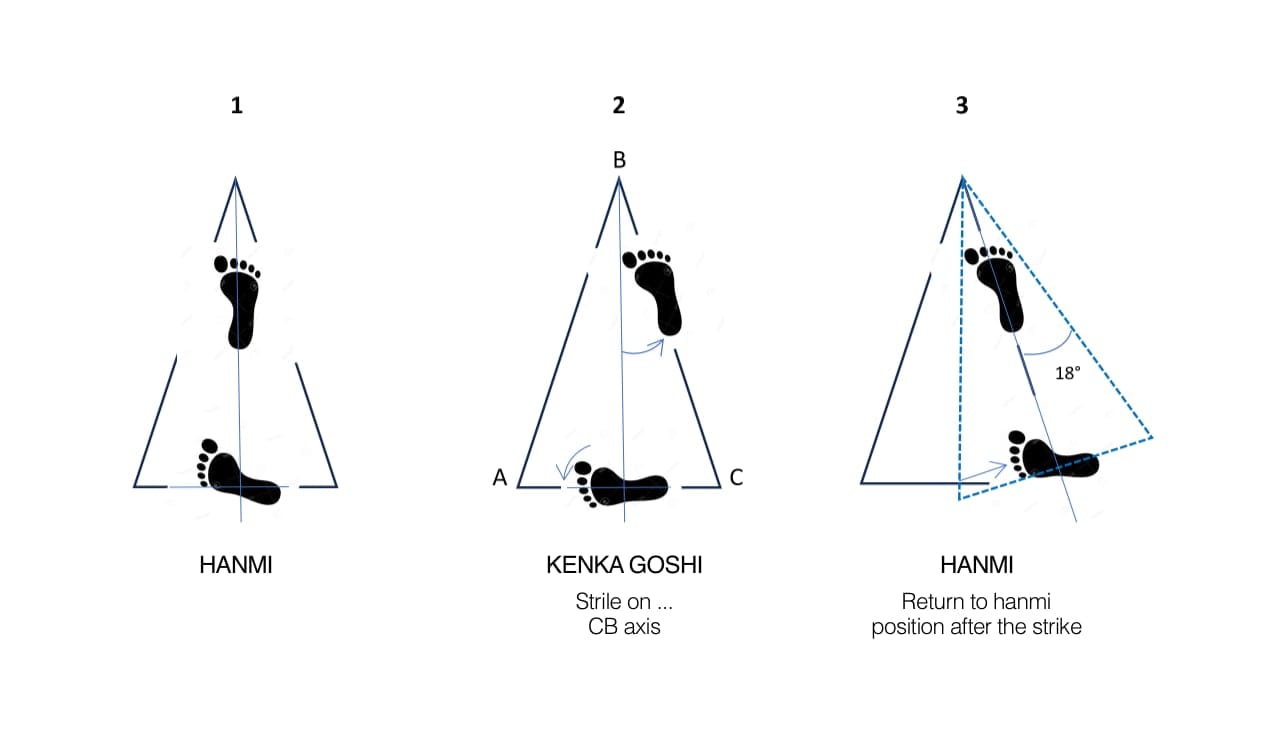
- in 1, the waiting position ( hanmi), which bears this name when we consider the state of the body in this position, but which is also called roppo when, on the contrary, we wish to emphasize the dynamic possibilities embedded in this position,
- in 2, the moment of the strike (kenka goshi),
- in 3 the return to the new hanmi position, which will be the start of a new movement.
NB: at the moment of kenka goshi, the rear foot remains in its place but opens a little backwards under the effect of the rotation of the rear hip backwards (tenkan), which leads to the rotation of the front hip forwards (irimi). On this axis, he then slides straight forward into the new hanmi position just after the strike. This is normal, since the new triangle is offset from the first by 36°/2 = 18°. Logically, the opening of the rear foot backwards under the impulse of the hip at the moment of kenka goshi is therefore 18°... more or less obviously :-) but the model is there.
That is the basis of the triangle rotation in Aikido.
Only one direction is shown here, but there are 12 in reality (6 from migi hanmi and 6 from hidari hanmi), and therefore as many different angle values. The two series of articles entitled "Roppo" and "Le déplacement d'O Sensei" explain this in detail.
In fact roppo means six directions.
Hanmi is an opening of the body and a position of the feet that enables immediate movement in six directions. Immediately means without passing through an intermediate position.
I can't resist the pleasure of restating here O Sensei's principle of movement as it reveals itself to us in its geometrical beauty, and as it is made possible only by the hanmi position:
